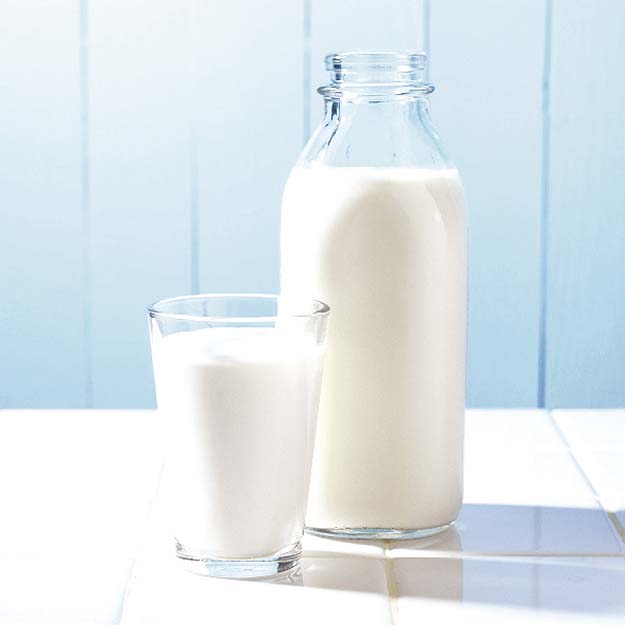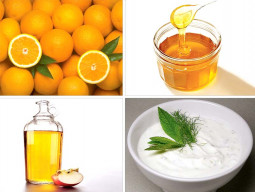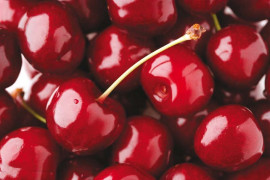
Doodh is a global home staple, but how much do we really know about it? Is skim milk the healthiest choice? Will dairy give your bones that extra boost? As compiled from Reader's Digest magazine, these facts might just change your mind about moo juice forever.
1. Myth: Skim milk is the healthiest
Truth: Sorry to burst your bubble but the health benefits of fat-free dairy may be exaggerated. Recent research has found that people who consume full-fat dairy aren’t any likelier to develop heart disease or diabetes than people who eat low-fat dairy. In fact, latest studies have linked full-fat dairy to lower odds of obesity. The scoop: certain fatty acids in dairy may be linked to fullness; when you eat fat-free versions of milk, yogurt, and cheese, you may feel less satiated, resulting in you raiding that fridge later. Low-fat milk helps your body absorb key nutrients from milk, such as vitamins A and D, as well as vital fatty acids, shares Katherine Tucker, a nutritional epidemiology professor at the University of Massachusetts Lowell.
2. Myth: Milk causes congestion
Truth: Okay, so here’s a fact — dairy won’t make your cold any worse. To be brutally honest — any uptick in congestion you feel after drinking dairy is probably in your head. Milk drinkers with the common cold didn’t experience more coughing or runnier noses than those who didn’t drink dairy, according to a Swiss report. The only people who reported increased respiratory problems after drinking milk were those who believed dairy produces more mucus, the report found. So, there you go — maybe after reading this, you won’t experience that congested feeling from milk again.
6 habits that will keep your brain sharp
3. Myth: More milk means stronger bones
Truth: Study results are actually mixed when it comes to the skeleton-strengthening benefits of calcium. A BMJ study published in 2015 found that middle-aged adults who popped calcium supplements or who got high levels of calcium from their diet were as likely to experience fractures as people who consumed less calcium. “Dietary calcium intake is not associated with risk of fracture, and there is no clinical trial evidence that increasing calcium intake from dietary sources prevents fractures,” the study authors concluded. “Evidence that calcium supplements prevent fractures is weak and inconsistent.” However, weight-bearing exercises, such as walking, running, as well as exercise that emphasises balance — think yoga — have proven to result in stronger bones.
4. Myth: Most people can’t digest lactose well
Truth: The body can adapt to tolerate more milk. Even people who have a hard time processing lactose rarely show symptoms with a small serving, especially when the dairy is paired with a meal, says Dennis Savaino, a nutrition science professor at Purdue University who has been studying lactose digestion for more than 30 years. “Every poison — or food — has a dose,” Savaiano says. “With lactose or milk, there’s a dose that gives symptoms, and that’s usually more than a cup.” Drinking milk regularly can make your body more used to digesting lactose, even if you’ve shown signs of intolerance before, he says. If you’re a dairy lover with lactose intolerance, talk to your doctor about ways to safely add your favourite kheer to your diet without causing an upset stomach!
5 unusual health tips that will help burn fat
5. Myth: Milk is the best beverage source of calcium
Truth: Another revelation coming your way — with 30% of your daily value of calcium in one cup, milk is by no means, a shabby source of the mineral, but it’s not your only option for calcium, which helps bones, muscles, the heart and nerves. A cup of paalak has 35% of your daily need, and enriched soy milk can serve a whopping 45%. This is actually great news for people who don’t like milk.
6. Myth: All dairy products have the same vitamins and minerals
Truth: Milk and yogurt are more nutrient-rich than cheese and cream, Tucker reveals. Cheese is a middle ground between cream and milk; it has more nutrients than cream, but is not fortified with vitamin D the way milk often is. “Cheese is still a good source of calcium and a reasonable source of protein,” she says, “but there’s not as much vitamin D or magnesium because it’s diluted by fat.” So go on, order a thin crust cheese pizza this weekend!
Published in The Express Tribune, March 18th, 2016.
Like Life & Style on Facebook, follow @ETLifeandStyle on Twitter for the latest in fashion, gossip and entertainment.




























































COMMENTS (1)
Comments are moderated and generally will be posted if they are on-topic and not abusive.
For more information, please see our Comments FAQ